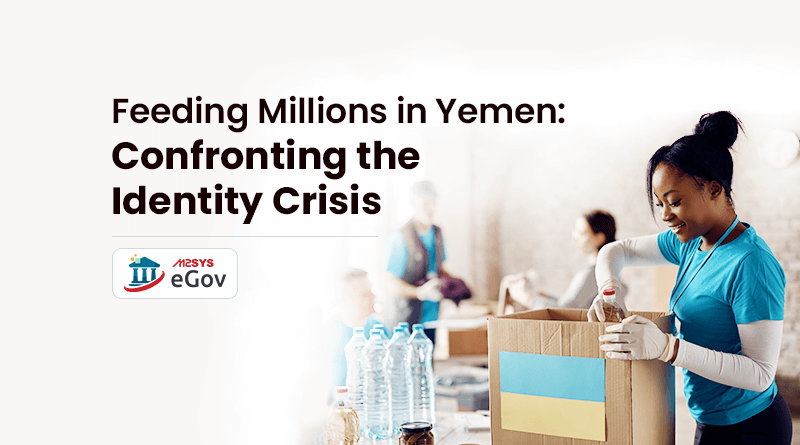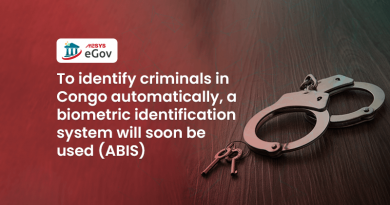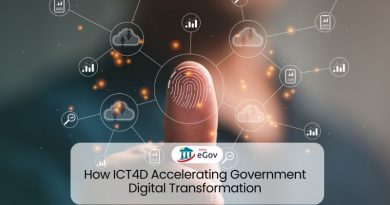Feeding Millions in Yemen: Confronting the Identity Crisis
For thousands of years, Yemen has played a crucial part in the mighty kingdoms and dynasties that left their imprints on the Arabian Peninsula and Africa. Even though Yemen was officially reunified in 1990 and peace negotiations have been going on since 2016, the country’s government, economy, and people are all in shambles due to the continuous conflicts that began after the British departure to the north in 1967.
Even as violence recedes, starvation remains rampant. Over seventy-five percent of Yemen’s population, or more than 24 million people, are in need of food and other humanitarian relief, according to a 2019 report by the United Nations. When you consider that 40 percent of the population is under the age of 15, you can see how serious this situation really is.
Overcoming Identity Challenges To Provide Aid
Even though the greatest global humanitarian food relief group was mobilized to respond to the crisis in Yemen, they soon recognized they would not be able to help the nation unless they fixed its identity problems.
Birth certificates, driver’s licenses, voter registration, citizenship documents, and Social Security cards are all common and simple to get in many nations, therefore the notion of “identification” is taken for granted. Here at M2SYS, however, we are well aware that this is not the situation in Yemen. Because we built their biometric voter registration database, we know that their methods of identifying citizens and keeping track of their records are either antiquated or nonexistent.
Accurate knowledge of where and who in Yemen needs food aid is crucial for distributing such aid efficiently.
The difficulties were enormous. Yemen has been ripped apart by internal and foreign wars, increasing human misery and disrupting food production and distribution networks, and there was no reliable national ID database or legal identification framework in place. Because of the wars, millions of people were forced to seek sanctuary inside their own nation. In addition, bad actors within the nation had started “gaming the system” of aid, which meant that food and money were being diverted to the wrong people.
It would be difficult to design and implement a reliable food aid system without first collecting reliable data on the “who” and “where” of the problem.
The nonprofit recognized the need of identifying and verifying the household head and adult members of each beneficiary family group, so it funded the development of a biometric system to do so. The biometric database will only allow food to be distributed to households where the head of the household (or their chosen representative) has been registered. This commonsense strategy is meant to root out waste, fraud, and abuse, and it helps guarantee that aid goes to people who actually need it. In many faminetorn regions, misappropriation of food is common and can come from criminal elements eager to sell NGO-provided food on the black market.
The Way Out: A Centralized Repository For All National Biometric Information
The new system works by having the head of each family enroll using a fingerprint scanner, which then adds all 10 fingerprints to a central database. If you want to enroll someone or verify their identity with the utmost precision, you should have their fingerprints on file.
To ensure that no one has been added to the database more than once, the records are replicated once they are there. Help clients verify their identity with a single fingerprint upon arriving at a distribution center. This method eliminates fraud and the misuse of humanitarian aid by making sure that only those who have registered to get food for their family really receive that food.
In the previous 20 years, For thousands of years, Yemen has played a crucial part in the mighty kingdoms and dynasties that left their imprints on the Arabian Peninsula and Africa. Even though Yemen was officially reunified in 1990 and peace negotiations have been going on since 2016, the country’s government, economy, and people are all in shambles due to the continuous conflicts that began after the British departure to the north in 1967. Even as violence recedes, starvation remains rampant. Over seventy-five percent of Yemen’s population, or more than 24 million people, are in need of food and other humanitarian relief, according to a 2019 report by the United Nations. When you consider that 40 percent of the population is under the age of 15, you can see how serious this situation really is. Overcoming Identity Challenges To Provide Aid Even though the greatest global humanitarian food relief group was mobilized to respond to the crisis in Yemen, they soon recognized they would not be able to help the nation unless they fixed its identity problems. Birth certificates, driver’s licenses, voter registration, citizenship documents, and Social Security cards are all common and simple to get in many nations, therefore the notion of “identification” is taken for granted. Here at M2SYS, however, we are well aware that this is not the situation in Yemen. Because we built their biometric voter registration database, we know that their methods of identifying citizens and keeping track of their records are either antiquated or nonexistent. Accurate knowledge of where and who in Yemen needs food aid is crucial for distributing such aid efficiently. The difficulties were enormous. Yemen has been ripped apart by internal and foreign wars, increasing human misery and disrupting food production and distribution networks, and there was no reliable national ID database or legal identification framework in place. Because of the wars, millions of people were forced to seek sanctuary inside their own nation. In addition, bad actors within the nation had started “gaming the system” of aid, which meant that food and money were being diverted to the wrong people. It would be difficult to design and implement a reliable food aid system without first collecting reliable data on the “who” and “where” of the problem. The nonprofit recognized the need of identifying and verifying the household head and adult members of each beneficiary family group, so it funded the development of a biometric system to do so. The biometric database will only allow food to be distributed to households where the head of the household (or their chosen representative) has been registered. This commonsense strategy is meant to root out waste, fraud, and abuse, and it helps guarantee that aid goes to people who actually need it. In many faminetorn regions, misappropriation of food is common and can come from criminal elements eager to sell NGO-provided food on the black market. The Way Out: A Centralized Repository For All National Biometric Information The new system works by having the head of each family enroll using a fingerprint scanner, which then adds all 10 fingerprints to a central database. If you want to enroll someone or verify their identity with the utmost precision, you should have their fingerprints on file. To ensure that no one has been added to the database more than once, the records are replicated once they are there. Help clients verify their identity with a single fingerprint upon arriving at a distribution center. This method eliminates fraud and the misuse of humanitarian aid by making sure that only those who have registered to get food for their family really receive that food. In the previous 20 years, M2SYS Technology has partnered with a wide variety of integrators, partners, non-governmental organizations (NGOs), and government agencies to effectively execute over 100 government projects. System integrators may tailor our M2SYS eGov platform to meet the needs of any government digital transformation initiative, wherever in the world. It has built-in robotics, AI, and biometrics, and it can communicate with any external platform without a hitch. If you link your current systems to our engine, integrators may make changes to identification criteria, process automation, user interfaces, and more in a matter of hours. M2SYS Technology has partnered with a wide variety of integrators, partners, non-governmental organizations (NGOs), and government agencies to effectively execute over 100 government projects. System integrators may tailor our M2SYS eGov platform to meet the needs of any government digital transformation initiative, wherever in the world. It has built-in robotics, AI, and biometrics, and it can communicate with any external platform without a hitch. If you link your current systems to our engine, integrators may make changes to identification criteria, process automation, user interfaces, and more in a matter of hours.










